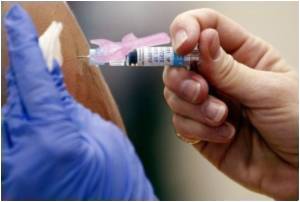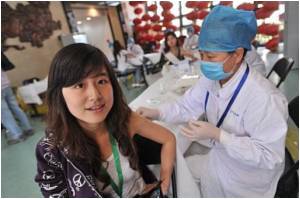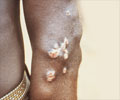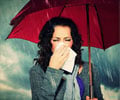
Using a population of high-school students, teachers and staff members as a model for a closed group of people, Salathe and team designed a method to count how many times possible disease-spreading interactions occurred during a typical day.
Volunteers were asked to spend one school day wearing matchbox-sized sensor devices-called motes-on lanyards around their necks.
Like a cell phone, each mote was equipped with its own unique tracking number, and each mote was programmed to send and receive radio signals at 20-second intervals to record the presence of other nearby motes.
Volunteers then were asked to go about their day by attending classes, walking through the halls, and chatting with other people.
At the end of the day, Salathe’s team collected the motes and recorded how many mote-to-mote interactions had occurred, and how long each interaction had lasted.
Advertisement
Salathe and his team found that, at the end of the day, most people had experienced a fairly high number of person-to-person interactions, but they also found very little variation among individuals.
Advertisement
"For example, in sexual-contact networks, one often finds a group of people with a much higher potential to contract and spread a virus such as HIV.
"This potential is due to these individuals’ extremely high number of interactions. But in our experiment, while there may have been kids with a few more interaction events, for the most part, everyone had about the same high level of interaction," said Salathe.
Salathe explained that while schools may indeed be ’hot beds’ for colds and the flu, individual students do not seem to vary with regard to exposure risk due to their contact patterns.
Data from the motes also confirmed an important social-networking theory-that contact events are not random because many ’closed triangles’ exist within a community.
The findings were published in the journal Proceedings of the National Academy of Sciences.
Source-ANI














